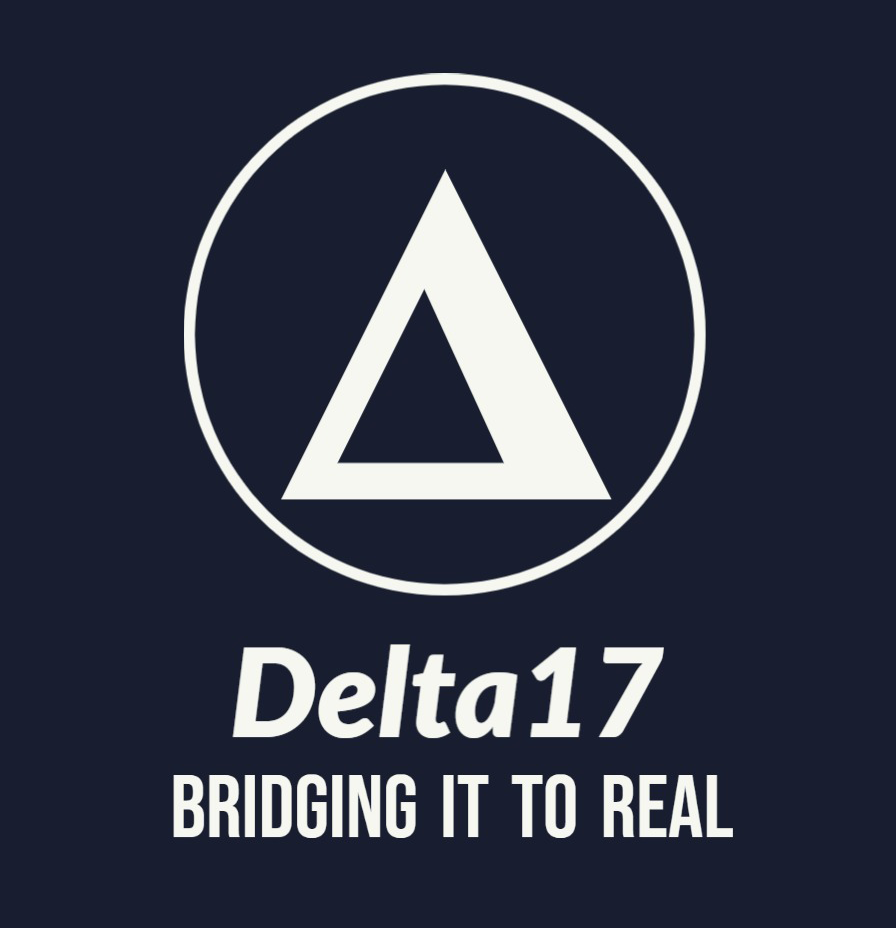1.Digital warehouse system: An application that allows researchers and scientists to publish documents and data. The system shares some overlapping features with content management systems and document management systems, but at the same time it serves a specific need as a digital archive system, focusing on long-term storage, access and preservation of digital content, which makes it the software of choice for academic, non-profit and commercial institutions that are building digital repositories. open. It is an easy-to-install system that is fully customizable to suit the needs of any organization.
The digital repository system preserves and provides easy, controlled and open access to all types of digital content including text, images and datasets. With the advantage of a growing community of developers, committed to continuous expansion and improvement of the software, system administration and technical issues are a breeze.
Advantages:
There are over 3,000 organizations currently using digital warehouse software in a production or project environment. The most common use is by research libraries, universities and graduate institutes as an institutional repository which has many other features such as:
• Fully customizable to suit user needs.
• Manage and preserve all forms of digital content with various file types.
• Control access to content in a way that allows permissions to be set down to the level of individual files.
• The interface is available in 22 languages.
• Designed to be compatible with indexing standard scientific search engines.
2.Index system: Digital Library Management System is a digital system used to digitize libraries. It is used all over the world, by universities and scientific institutions, and its development is guided by a growing community of users who collaborate to achieve their technological goals in a way that ensures development and expansion to meet the needs of the system's user base.
• Advantages:
• It supports all library activities, including acquisition, circulation, indexing, and management of serials, in addition to preparing flexible reports, printing labels, and multi-format notices.
• Multilingual and translatable.
• It has a search engine that is compatible with the formats of various international platforms.
• Compatible with similar applications with different technology.
• A graphical interface that allows for smooth and effective control and management.
The digital repository system preserves and provides easy, controlled and open access to all types of digital content including text, images and datasets. With the advantage of a growing community of developers, committed to continuous expansion and improvement of the software, system administration and technical issues are a breeze.
Advantages:
There are over 3,000 organizations currently using digital warehouse software in a production or project environment. The most common use is by research libraries, universities and graduate institutes as an institutional repository which has many other features such as:
• Fully customizable to suit user needs.
• Manage and preserve all forms of digital content with various file types.
• Control access to content in a way that allows permissions to be set down to the level of individual files.
• The interface is available in 22 languages.
• Designed to be compatible with indexing standard scientific search engines.
2.Index system: Digital Library Management System is a digital system used to digitize libraries. It is used all over the world, by universities and scientific institutions, and its development is guided by a growing community of users who collaborate to achieve their technological goals in a way that ensures development and expansion to meet the needs of the system's user base.
• Advantages:
• It supports all library activities, including acquisition, circulation, indexing, and management of serials, in addition to preparing flexible reports, printing labels, and multi-format notices.
• Multilingual and translatable.
• It has a search engine that is compatible with the formats of various international platforms.
• Compatible with similar applications with different technology.
• A graphical interface that allows for smooth and effective control and management.

2.Index system: Digital Library Management System is a digital system used to digitize libraries. It is used all over the world, by universities and scientific institutions, and its development is guided by a growing community of users who collaborate to achieve their technological goals in a way that ensures development and expansion to meet the needs of the system's user base.
• Advantages:
• It supports all library activities, including acquisition, circulation, indexing, and management of serials, in addition to preparing flexible reports, printing labels, and multi-format notices.
• Advantages:
• It supports all library activities, including acquisition, circulation, indexing, and management of serials, in addition to preparing flexible reports, printing labels, and multi-format notices.
- Multilingual and translatable.
- It has a search engine that is compatible with the formats of various international platforms.
- Compatible with similar applications with different technology.
- A graphical interface that allows for smooth and effective control and management.
3.LMS: Distance education has become an inevitable necessity necessitated by the many factors that have formed an accelerating and dynamic reality that does not care about distances or pay attention to old traditional conditions. After the disasters that the world has witnessed in recent years, such as the spread of the Corona epidemic, many different institutions found that they had no choice but to continue despite all the circumstances. The digital education system makes it possible to manage the educational process remotely, through the use of many tools that allow the professor and student to do what is necessary to complete the educational process.
Advantages
Advantages
- Secure authentication and group registration.
- An easy and modern graphical interface that can be used on mobile devices, smartphones.
- Ability to multilingual
- Bulk course creation and easy backup
- Manage user roles and permissions
- Supports open standards
- High interoperability
- Detailed reports and records
- Customizable website design and layout

4. scientific journals: Open Journal Systems, also known as OJS, is open source software for managing peer-reviewed academic journals, created by the Common Knowledge Project, and released under the GNU General Public License.
The system guarantees all the conditions and limitations required by scientific research in terms of form and content. The system also has a scientific and systematic arbitration mechanism that reviews scientific research and ensures the validity of this research and its conformity with the conditions imposed by the journal, and then gives approval or rejection to publish the research, and in some cases Cases require the researcher to make some modifications to his research, and if the researcher makes the modifications, his scientific research will be approved for publication.
The system guarantees all the conditions and limitations required by scientific research in terms of form and content. The system also has a scientific and systematic arbitration mechanism that reviews scientific research and ensures the validity of this research and its conformity with the conditions imposed by the journal, and then gives approval or rejection to publish the research, and in some cases Cases require the researcher to make some modifications to his research, and if the researcher makes the modifications, his scientific research will be approved for publication.


Main features and benefits of the system:
• The open journal system can operate one or several journals, which makes it compatible with the university environment so that more than one different journal can be published depending on the specialty or college.
• Research can be published and indexed quickly using discovery services such as Google Scholar, DOAJ, Crossref, DataCite, and PubMed, which enhances the assessment of the scientific level of both the university institution and the researcher.
• The system ensures that magazines are saved permanently and effectively in terms of ease of searching and retrieval through the permanent archiving service.
• The open journal system can operate one or several journals, which makes it compatible with the university environment so that more than one different journal can be published depending on the specialty or college.
• Research can be published and indexed quickly using discovery services such as Google Scholar, DOAJ, Crossref, DataCite, and PubMed, which enhances the assessment of the scientific level of both the university institution and the researcher.
• The system ensures that magazines are saved permanently and effectively in terms of ease of searching and retrieval through the permanent archiving service.
• Maintaining the scholarly record by tracking changes to publications using issue metadata and using the activity log to scrutinize controversial editorial decisions.
• The system allows for peer review by searching for appropriate reviewers for each topic, taking into account the interests of the reviewers and their editorial evaluations, in addition to calculating acceptance and rejection rates.
• The system can also display detailed statistics for each individual article and monitor editorial metrics such as response times and reviews for each submission.
• The system allows audio files to be published alongside text files.
• Ease of operating the publishing line with academic editors and reviewers.
• The system allows for peer review by searching for appropriate reviewers for each topic, taking into account the interests of the reviewers and their editorial evaluations, in addition to calculating acceptance and rejection rates.
• The system can also display detailed statistics for each individual article and monitor editorial metrics such as response times and reviews for each submission.
• The system allows audio files to be published alongside text files.
• Ease of operating the publishing line with academic editors and reviewers.

5. staff pages: Creating a digital CV page for professors in university institutions is necessary and important for several reasons. First and most important, this page makes it easy for professors to display their academic and research files and teaching experiences in a comprehensive and organized manner, which facilitates the process of evaluating their performance and appreciating their contributions to the academic field. In addition, the digital page serves as a means to market professors and enhance their academic and professional identity, making it easier for students, colleagues, and potential employers to access important information about them. The digital CV page also contributes to building and strengthening professional and academic relationships for professors, and providing opportunities for cooperation and knowledge exchange with members of the local and international academic community. Ultimately, the digital CV page is an effective way to enhance transparency and communication within university institutions, and to promote positive interaction between members of these institutions and the academic community in general.

